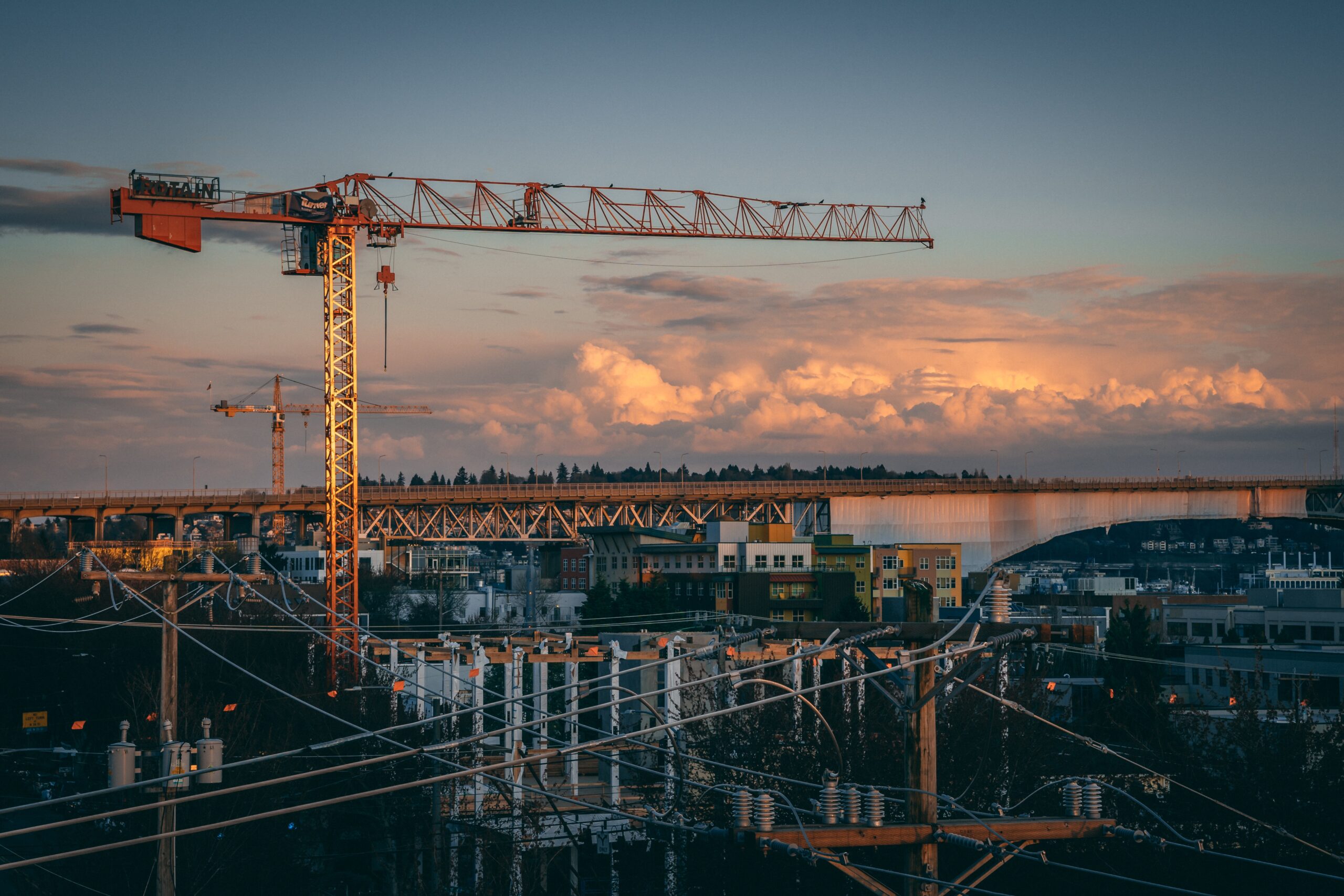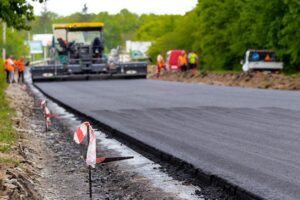Infrastructure development is the backbone of a nation’s progress, often hidden in the shadows of more glamorous headlines. While many blogs discuss the importance of robust infrastructure, this post aims to shed light on lesser-explored facets, delving into statistics and insights that often escape the mainstream narrative.
The Human Aspect
Infrastructure development isn’t just about concrete and steel; it profoundly impacts people’s lives. Beyond economic indicators, the human aspect often gets overlooked. According to the World Bank, every 1% increase in infrastructure investment results in a 0.1% increase in economic output in the long run. Moreover, improved infrastructure, such as better transportation, can significantly reduce commuting time, enhancing the overall quality of life.
Smart Infrastructure for Smart Cities
The rise of smart cities is transforming traditional infrastructure paradigms. Incorporating advanced technologies such as IoT sensors, data analytics, and AI can optimize urban living. For instance, Singapore’s Smart Nation initiative utilizes technology to improve public services, enhance transportation efficiency, and create a sustainable urban environment. As of 2022, Singapore reported a 26% reduction in peak-hour traffic congestion due to these initiatives.
The Environmental Impact
Infrastructure development is often criticized for its environmental toll. However, innovative projects are now focusing on sustainability. The Netherlands, renowned for its water management infrastructure, has embraced nature-based solutions. The Room for the River project, completed in 2015, combines flood prevention with ecological restoration, showcasing a harmonious relationship between infrastructure and the environment.
Gender-Inclusive Infrastructure
Gender inclusivity is a crucial but often overlooked aspect of infrastructure development. Properly designed infrastructure can enhance women’s safety and accessibility. A study by UN Women revealed that women’s use of public transportation increases when safety measures, such as well-lit areas and visible security personnel, are in place.
The Digital Divide
While discussions often center around physical infrastructure, the digital divide remains a pertinent issue. According to the International Telecommunication Union (ITU), as of 2022, approximately 3.7 billion people, or almost half the world’s population, are still offline. Bridging this digital gap requires not only physical infrastructure but also policies and investments that ensure universal connectivity.
Conclusion
Infrastructure development is a multifaceted journey that extends beyond traditional narratives. By considering the human impact, embracing smart technologies, prioritizing sustainability, ensuring gender inclusivity, and addressing the digital divide, nations can create infrastructure that truly uplifts societies. As we continue to build the future, let us not forget these nuanced dimensions that contribute to a more holistic and sustainable world.



